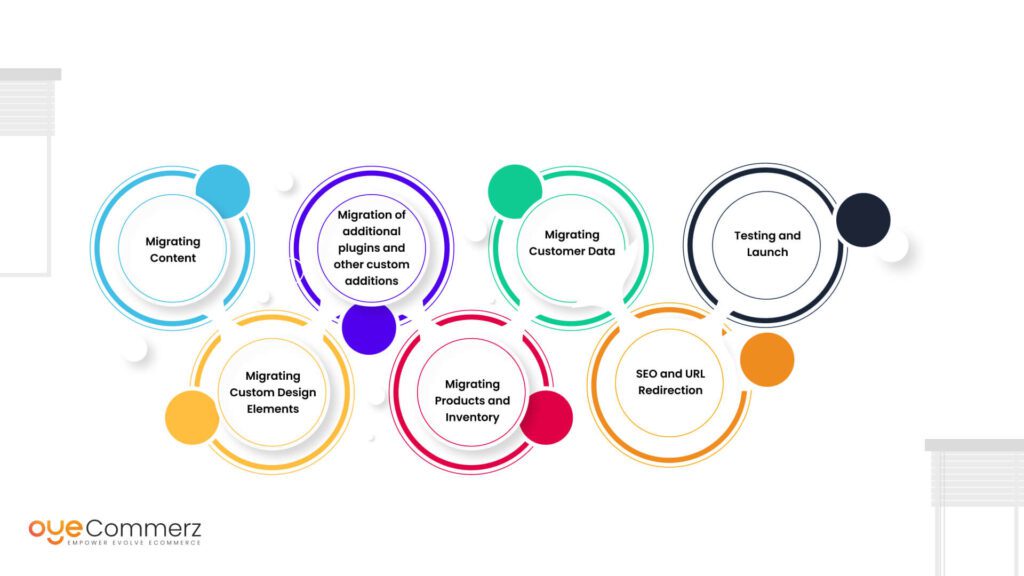In the ever-evolving world of online retail, selecting the optimal solution is vital for your brand’s growth. If you’re presently using WP and planning a migration to an alternative, you’re not by yourself. Numerous businesses are making this transition to leverage Shopify’s robust features, user-friendliness, and scalability. This guide will walk you through the steps of migrating from WP to Shopify effortlessly, making sure that you unlock your online retail potential.
Why Migrate from WordPress to Shopify?
Ahead of diving into the migration process, it’s important to realize why this change can be advantageous for your digital storefront:
Intuitive Design: Shopify features an straightforward system that makes easier store management, making it easier for non-technical users.
Flexibility: As your brand grows, Shopify can accommodate higher visitors and sales without compromising speed.
Integrated Features: Shopify includes built-in tools for search engine optimization, analytics, payment handling, and more, minimizing the necessity for multiple plugins.
Enhanced Security: With Shopify, you utilize strong security measures that secure confidential customer data.
Steps for a Smooth Migration
Migrating your digital shop from WP to Shopify includes several actions.
Here’s the way to ensure a successful transition:
Plan Your Migration Approach
Kick-off by drafting your migration plan. Pinpoint which aspects of your current site you plan to transfer, such as:
Item details
Customer information
Transaction records
Posts
Select the Right Migration Package
Depending on your needs, choose a migration plan that fits your business. OyeCommerz delivers multiple options:
Basic Migration Package: Suitable for boutique stores with limited products.
Standard Migration Package: Appropriate for medium-sized businesses with more complex requirements.
Comprehensive Solution: Best for big stores needing broad customization.
Secure Your Data
Prior to initiating the migration, make sure that you have a comprehensive backup of your WP site. This action is crucial in the event anything goes off track during the transfer.
Export Your Content from WP
Use tools or alternative solutions to export critical information from your WP site:
Products
Clients
Sales records
Blog posts
Upload Information into Shopify
When Shopify expert consulting you have your data retrieved, utilize Shopify’s import tools or external apps to migrate your data into your new store. Ensure that all content is properly structured and placed.
Customize Your Shopify Site
Following uploading content, customize your Shopify site’s design to align with your brand identity. Think about Shopify for eCommerce growth working with a specialist if you need advanced customization.
Configure TransactionOptions and Delivery Settings
Arrange billing solutions and shipping settings in Shopify to ensure a smooth purchase experience for customers.
Adopt SEO Standards
To preserve your online visibility during the change:
Use 301 redirects from old URLs to new ones.
Update meta tags.
Optimize images and content for SEO.
Test Your Migrated Platform
Before going live, thoroughly check your Shopify store. Check for any broken links, payment processing issues, or missing data.
Launch Your Platform
After everything is in order, it’s the moment to publish! Inform the change to your clients and motivate them to experience the updated features of your Shopify store.
Post-Migration Support
Even after launching your Shopify store, regular help is important. Think about working with professionals who can assist with:
Technical support
Marketing strategies
Performance optimization
Conclusion
Migrating from WP to this platform can be a game-changing step for your digital business. By adopting this guide and working with experts like those offered by dedicated providers, you can ensure a seamless transition that improves your business potential. Accept the change and unlock the advantages of Shopify today!
